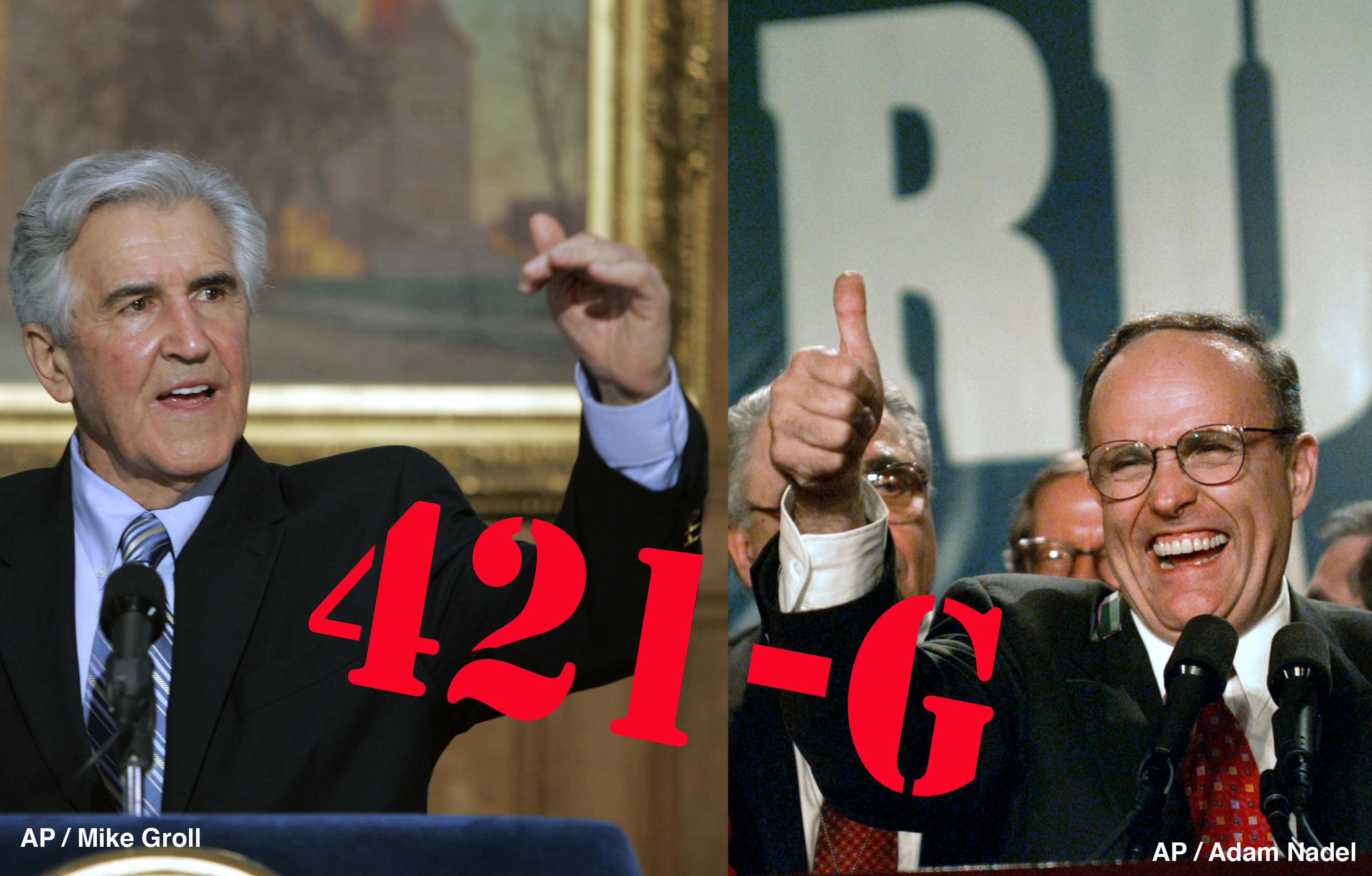
BY COLIN MIXSON
Notch one more for the tenants in the battle for rent regulation in the increasingly pricey Downtown area.
Residents of a tony West Street apartment building scored a major victory in Manhattan Supreme Court on Thursday when Justice Robert Reed ruled tenants are entitled to rent stabilization due to a generous tax exemption their landlord enjoys.
The Kibel Company, which owns 90 West St., plans to appeal the decision, so tenants are now preparing themselves for the next, potentially decisive phase of the legal contest, according to one resident.
“We’re prepared to go the distance,” said Taylor West, who moved into 90 West St. in 2009. “The [tenants] association got into this with its eyes open, realizing that even with a win they’re going to fight it.”
The tax exemption, called 421-g, was designed to provide developers an incentive to renovate old Downtown office towers for residential use as businesses fled Lower Manhattan for cushy Midtown digs in the 1990s.
As part of the deal, developers were required to provide their residents with rent stabilization, which offers modest annual rent increases and guaranteed lease renewals, for the duration of the tax break.
But just before the state Senate voted on the bill back in 1995, then Senate Majority Leader Joseph Bruno read the so-called “Giuliani Letter” into the record, in which the former mayor said the city’s interpretation was that rent stabilization under 421-g would subject to luxury deregulation, which axes the protections for apartments renting above a certain amount — currently $2,700 per month.
As the mayor of New York City, Guiliani had no official authority over the state’s legislation, but that has never stopped landlords from citing the letter as an excuse to deprive tenants of rent stabilization ever since.
And the courts have sometimes backed the landlords’ argument. On May 2, Supreme Court Justice Shlomo Hagler sided with the owner of 85 John St., with his ruling specifically citing the Giuliani letter as justification for withholding rent stabilization from tenants.
More recently, however, Supreme Court Justice Carol Edmead ruled on July 10 that tenants at 50 Murray St. were entitled not only to rent stabilization, but refunds and overcharge fees related to rent increases imposed since they signed their leases.
In both decisions, judges Edmead and Reed wrote that the language of 421-g was unambiguous, and that the tax exemption provides all residents rent stabilization regardless of luxury deregulation rules.
Reed also ordered that tenants of 90 West Street be awarded overcharge fees, but residents of both buildings will have to wait for their money while both landlords pursue a more favorable decision on appeal.
Joseph Burden, an attorney who represented landlords in each of the three Supreme Court decisions, pointed to his previous win under Hagler and another decision in Housing Court favoring landlords to argue that Reed’s judgment would be overturned on appeal.
“We believe the recent decision regarding 90 West Street is legally incorrect and conflicts with other recent decisions… that directly and completely uphold the owner’s position that deregulation was permitted and was intended by the legislature when it first enacted RPTL 421-g,” Burden said in a statement.
But if legal precedent is anything to go by, that would support tenants — with two Supreme Court decisions a Housing Court verdict in their favor — according to attorney Serge Joseph, who represented tenants at 90 West St.
“I don’t think that’s a great argument,” Joseph said.
A group of local elected officials led by Public Advocate Letitia James filed an amicus brief supporting the tenants at 90 West St., as they had in the 50 Murray St. case, and she counted Reed’s verdict as another step towards a positive resolution to the long-running controversy.
“Once again, the courts have spoken up and made clear that landlords cannot manipulate laws to take advantage of tenants,” said James. “421-g was implemented to create much needed affordable housing, not strip it from the very New Yorkers who depend on it. We will always stand by our tenants, and will continue to use every tool at our disposal to support them in the face of unscrupulous landlords.”
Tenants at 90 West St. first became interested in the promise of rent stabilization under 421-g after Kibel Company moved to raise their rents by 33 percent in 2016, following years of more modest rent increases, according to West.
The landlord, having perceived that reconstruction following the terrorist attacks on 9/11 were nearing completion and property values were on the rise, was attempting to ditch tenants who had braved the racket of unending construction in favor more affluent crowd now that Lower Manhattan is on the rise, West said.
“We endured all the construction at the 9/11 site, we were displaced during Sandy, and we felt we’d been there and embodied what [421-g] was intended to do, and to find that now that all the construction as done and the neighborhood had become a great place to live, they wanted to jack the rent up? That wasn’t right,” said West.

















